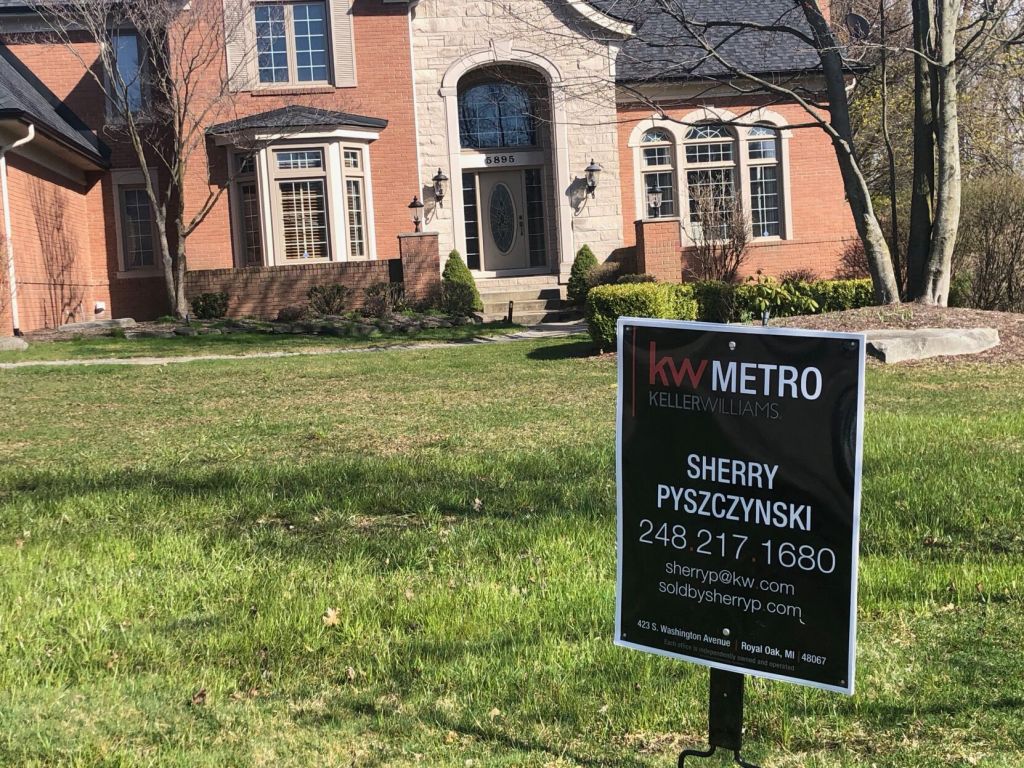N
ew York City's Zoning Shifts: A Game-Changer for Real Estate
In a city where reinvention is woven into its DNA, the "City of Yes" zoning reforms are poised to revolutionize the way New York builds, develops, and grows. For decades, the city has been grappling with a housing shortage, and the recent changes aim to introduce up to 80,000 new units over the next decade.
The clock is ticking, however. With vacancy rates at an historic low of 1.4% in February 2024, the question on everyone's mind is: Is it too little too late? Jason Haber, a broker at Compass and founder of the American Real Estate Association, notes that something has to give soon, or the city risks cracking under the pressure.
The removal of outdated zoning restrictions is another key aspect of the reforms. Laws like the "sliver law," which prevented narrow lots from being developed above a certain height, are now history. This change instantly frees up opportunities for vertical development and could lead to more thoughtful growth in neighborhoods.
Flexibility for retail and mixed-use spaces is also on the table. Simplifying the process of converting commercial to residential properties could mean a win-win for both housing and struggling commercial corridors. Keep an eye out for areas that were hit hard by the pandemic – will this new flexibility help revive them or just shuffle the vacancy problem around?
For property owners, understanding these changes is crucial. Changes in floor area ratio (FAR) calculations could unlock untapped potential in existing buildings, broadening the buyer pool and affecting prices. Watch out for how buyers and sellers adjust their value estimates as the finer details of the zoning reforms are processed.
The "City of Yes" is a bet on density done right – making the city more functional by adding housing and improving commercial space use requires freeing up physical space and loosening regulations. Key changes include eliminating mandatory parking requirements, legalizing basement apartments and accessory dwelling units (ADUs), and making mid-block development easier.
However, there's a fine line between smart urban planning and overdevelopment. As Jason Haber puts it: "Destiny for a city is density. Skylines change. Cities evolve. The question is: do we evolve in a way that keeps people here and moves us forward, or do we let the city become unaffordable and stagnate?"
Change is hard, and there will undoubtedly be debates and growing pains as the City of Yes takes shape. Still, it marks a clear shift in how New York City approaches growth and development – whether these changes lead to a more affordable, livable city remains to be seen.












